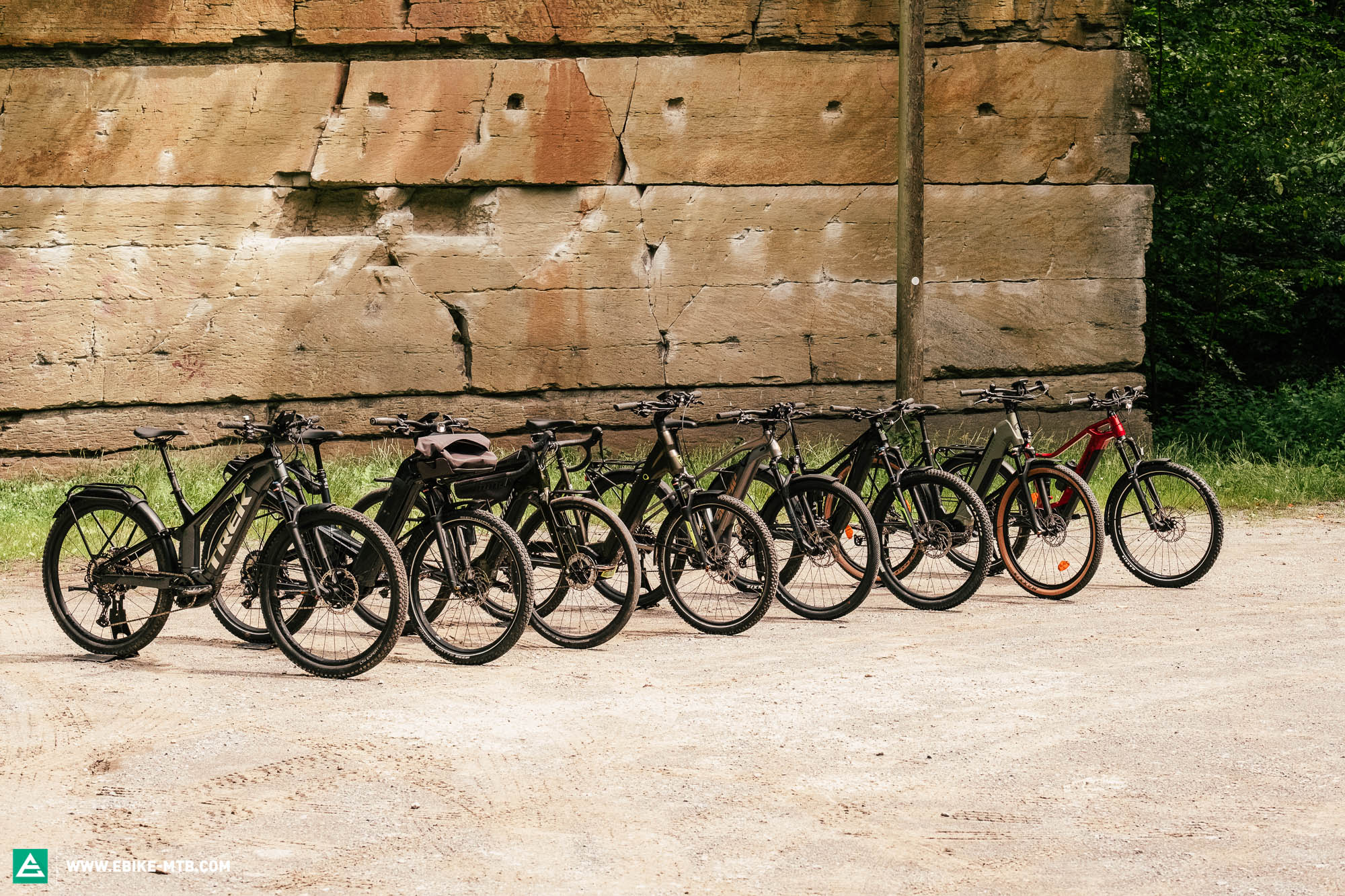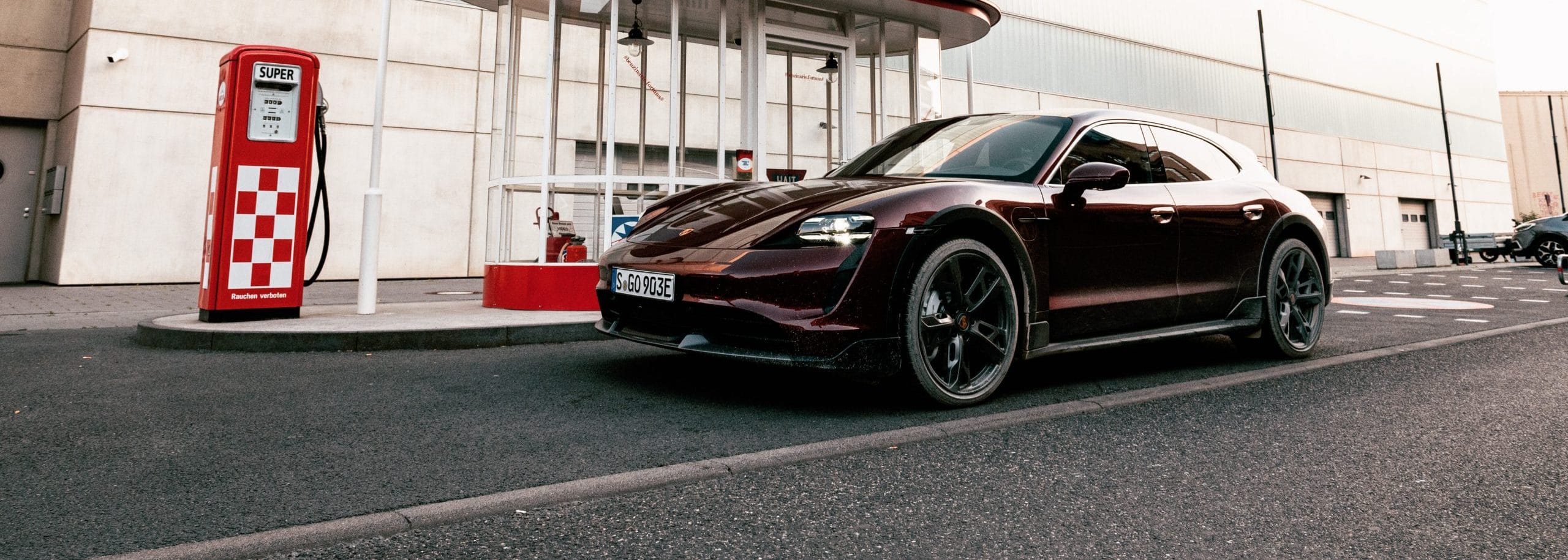We may collect a share of sales from items linked to on this page. Learn more.
Most people spend almost a third of their lives at the office. Work-based activities can have a huge impact on the environment and sometimes we are completely oblivious to it.
Aside from switching off standby appliances at the socket, here are twelve comprehensive tips for an environmentally-friendly office:
Less Paper
It may not be possible to go full “paperless” with all the regulatory requirements still present in most industries, but offices certainly have the potential to use less paper during the daily grind. It is all about creating awareness.
Try this simple experiment to get everyone on board:
- For a week, put all waste paper in a central point (a bag/bin/room) and ask staff to write their names on each piece contributed.
- Pile up what each department uses for a visual of how much they contribute weekly.
- At the end of the week, brainstorm the following questions:
- Did it really need to be printed in the first place?
- Did it need to be printed on regular paper or would recycled/scrap paper do?
- What would need to happen for it not to be printed?
TIP: The point is not to name and shame but to create a consciousness about paper usage.
Some departments will use more paper than others but where there is a greater awareness of the problem, innovative solutions will follow. The exercise will create an ongoing dialogue, even pushing competition between departments to reduce paper usage.
Discuss these ideas within each department:
- Does everyone need a copy of the agenda or could it be projected or accessed digitally?
- Could you dedicate one printer to recycled paper and make this a default for the office?
- Can everyone print double-sided documents and are printers set to this as a default?
- Does every staff member know how to work projectors?
- Could the office have an e-filing system in place?
- Can the office use electronic schedulers, task-reminders, online telephone listings, and online catalogs as a general rule?
- Are you using fax to email?
- Can everyone create email attachments with a clear image instead of faxing documents?
- Create an office policy about sharing online and decide what documents must be printed?
Make a game of it and reward the best-improved department with cash back, long lunch breaks or a quirky certificate.
Done in a positive spirit, it may even become a great team building exercise during the year.
More Competition
A “green” team at work could help focus efforts, win over management, encourage participation, and implement practical changes.
Encourage others to go green by using eco-friendly pens and pencils, recycled office notebooks, virtual post-its, and shared office space (colocation). Make it fun.
- Distribute fact sheets, offer incentives, and host promotional events.
- Schedule orientation sessions at the outset.
- Meet regularly to evaluate the success of your program.
- Keep all staff informed of the results of their efforts.
Less Water
Water wastage is high on the office front. Employees are not generally accountable for the water bill, which leads to inefficient practices and little concern for day-to-day water volume.
Try these water-saving tips:
- Fill up the kettle using your mug, for the exact number of mugs you will be drinking.
- Install timers on taps and urinals, and dual-flush toilets which save 6 liters per flush.
More Compost
Compost bins are typically handled by a commercial composting company, as the degree of materials being tossed in is beyond the capabilities of typical backyard compost bins.
Items may include paper, waxed paper, and meat scraps. It is also an ideal way to reduce an office’s general garbage load.
More or Less Energy
Change out to more sustainable lighting, use solar power, and take advantage of natural light and solar heating.
Yes, energy-saving light bulbs are a great investment in the long-run, too.
There is even an eco-range of computers so you don’t need to sacrifice processing power for sustainability.
- Try pulling up blinds or positioning workstations near windows instead of turning lights on.
- Open or close windows instead of using air conditioners.
- Consider lowering the thermostat slightly in the winter and increasing it slightly in the summer. Even a degree or two in either direction can save as much as ten percent on overall heating bills.
- Program the thermostat and the lights for nights and weekends (with manual override for when employees are working overtime).
More Mobilization
Mobile workforce solutions can benefit many industries, such as trade services.
This technology is also being implemented in forward-thinking offices, revolutionizing departments such as IT, HR and Finance.
From an environmental standpoint, an employee will reduce their carbon footprint by eliminating the need to commute daily.
Paper-based procedures are being streamlined, employees work remotely, and mobile applications allow for dynamic data capture, recorded and accessed from anywhere in the world.
Less Waste
The waste present is wholly dependent on the nature of your business but it is worth streamlining recycling to minimize landfill contributions.
The average office worker generates 1.5 pounds of waste paper per day – and most of it can be recycled!
Most office blocks now have to have a system in place and, even if yours doesn’t, it’s very easy to purchase cheap bins and label them, paper, metal, plastic.
Recycling bins in the photocopy room, lunchroom and in each department will create visual reminders for people. If staff members are unhappy to lose garbage cans, offer tiny desktop garbage cans instead.
Place garbage cans in central areas throughout the office, and in the lunchroom.
Shredded Paper
Check with the local recycler and if it isn’t accepted, try these shredded paper ideas instead:
- animal bedding,
- worm bins for gardens,
- mulch,
- homemade papers of your own,
- packing and storage
- fire log home-production.
If not covered in soil (like tissues) or any sort of un-papery coatings such as wax or foils, put it in a tub and find a recycler to take it.
Coated Paper
Waxy papers such as milk and juice cartons are “poly-coated paperboard containers” and are also recyclable.
Keep these separate from other papers after rinsing as they undergo hydro-pulping to clean them for reuse.
Newspaper
Tied in bundles or neatly stacked, newspapers are great for starting a garden, too. Lay it on the ground, over a lawn, and you will never have to dig it up.
Lay straw on top of it and, next year, plant right through it. You won’t even have to weed!
Glass
Reuse cluttering bud vases by sending them back to flower receivers again.
Don’t contaminate the glass bin with ceramics which are not recyclable and neither are crystal or heat-resistant glasses.
Keep different colored glasses separate from one another.
Aluminum
If a magnet won’t stick to it, rinse it off and put it into the aluminum bin with foil, soda cans, and scraps of broken fixtures.
TIP: Make sure there is a place for pop cans, as these can be donated to charitable organizations.
Plastic
Collect anything plastic, rinse it out, divide it by the numbers in the little recycling triangles on each piece. Put it in a plastic bin with a plastic smiley face on it and haul it out on the plastic cart. Hooray!
Steel
If a magnet sticks to it, go ahead and put it in the bin for steel. Canned foods from the kitchen will fall into this category much of the time.
Trash Bags
If not soiled, don’t pull them out with the trash. Dump them into the larger bin and reuse the liners.
Computers and Batteries
All your data machines can be erased and recycled. Contact a reputable electronics recycler to pick up your dinosaur friends, wipe them clean electronically, and send them off to be safely reused.
The same goes for batteries.
Furniture
Do the earth a favor and shop secondhand. Donate furniture to charity, offer it in ads, let employees know that if they can think of someone who can use it, and refurbish it.
Cardboard
Get your corrugation in line and recycle twice. First, take the box home for the kids to play with, then bring it back and get it recycled.
The same goes for glossy magazines, phone books, and paper.
Ink Cartridges
Keep a small, plastic-lined box nearby for the used containers when changing them out.
Light Bulbs
CFL and fluorescent bulbs contain mercury, a highly poisonous element.
These need to be recycled and you can obtain kits that will help you do the job safely.
Aren’t you glad THAT’s not going into the water supply?
Cater better
If everyone went meatless for one meal a week, it would be the equivalent, in terms of carbon emission savings, as taking 5 million cars off the road.
Besides, choosing the vegetarian option is often a healthier mealtime arrangement.
There is also plenty of room for improvement in the break room:
- If the lunchroom contains paper crockery and cutlery – recycle it. Have the business invest in normal reusable dishes and cutlery.
- Stop buying small sachets of coffee and tea and start filling up your own flask with Starbucks each morning instead of buying disposable beverage containers.
- Have a wash-up roster to ease the pressure if you do not have a cleaning service.
- Pack zero-waste lunches with reusable lunch bags, food containers, storage containers, silverware, and mugs.
- Use fair-trade organic coffee and offer employees the best tasting cup o’ joe that also pays its employees well and treats the earth with respect.
Meet better
Before the meeting, think through the implications of travel, which adds to pollution in a big way.
Keep meetings close to home or choose a central venue for all candidates if you must meet in person.
Online solutions are both financially and environmentally more sustainable for any business so why not video-conference in instead?
At the meeting, use smart boards, projectors, and digital tools instead of paper handouts. If you must use paper, print it on recycled pieces and recycle any left behind after the meeting.
Check your toner-saving settings (with recyclable toner cartridges) and print on both sides of the paper, while avoiding any extra copies.
If catering, opt for glasses and mugs rather than disposable cups (approximately 25 billion Styrofoam cups are thrown out in the US every year). Use bulk dispensers for cream, sugar, and coffee, and real teaspoons.
Ensure the caterer provides vegetarian choices and makes uses of local, seasonal produce.
Commute and relax better
Carpool where possible and pool resources for gas. It creates a system of eco-responsibility and gives workers incentives to ride bikes and look for green alternatives.
Look for ways to reward employees who do their best to limit their footprint and, even better, work from home.
Providing a space where employees can get access to fresh air, green leaves and calm, quiet surroundings – away from the frenetic pace of downtown – will do wonders for staff morale and so productivity.
Why not green-up the office spaces with lots of plants for air purification, the removal of toxic gases, scented offices, and even a greenhouse supply of fresh vegetables and herbs for the lunch room.
Plants also help reduce incidences of asthma, dust allergies and migraines within an office, and several are recommended by NASA, specifically for office use.
Look and feel better
It might not be a fashionable new suit, but used clothing and uniforms does the job. Save money and the environment by wearing previously owned clothing.
If you don’t like the fit you can always have it altered, investing in your local craftsmen and recycling perfectly good materials.
This applies to furniture and equipment, too.
Rent it, refurbish it, and shop from secondhand stores instead of ordering a new set.
While you’re at it, ensure natural, sustainable furniture and non-toxic cleaning products are being used around the office.
Green antibacterial cleaning products get rid of germs while protecting the environment, including multi-surface cleaners, polish, cloths, air fresheners, and purifiers.
The health benefits are numerous and the environment will thank you for the change!
Benefits include:
- Fewer sick days in general (thanks to fewer chemicals for respiratory illness and allergies).
- Improved indoor air quality.
- Minimized wear on office furniture.
- A positive reflection on a business image (ethics and marketing).
Compute better
Computers and other electrical appliances suck the life out of the office budget, literally.
Know how things work to optimize energy-usage for computers and other key office essentials:
- Standby Mode uses almost as much power as a computer left on. Power down machines before staff leave at night.
- Data centers require cooling of servers and huge amounts of power. Consider moving over to virtualized servers, running your business on a cloud. Cloud computing works out cheaper massively reduces your carbon footprint.
- Charge stations will help reduce random chargers left in the staff terminals.
- Consider energy ratings before purchasing new electrical equipment.
- Cheap, old equipment isn’t energy efficient. Old machines need replacement even if they ‘still work.’
The Biggest Challenge
When going green, the biggest challenge is getting user buy-in. As with anything new, it is going to take time for everyone to adapt.
The easiest way to make the whole procedure as seamless as possible is by educating everyone and being patient with individuals.
Have a clear objective in mind (reduce the energy bill by X% or cut the amount of paper being thrown away by half etc) and ensure everyone knows the goal.
Prove it isn’t a passing fad and show staff these are permanent changes. Before you know it, your office will be eco-friendly.
There are lots of advantages to making your business as green as possible:
- Being eco-friendly is good PR, which is always good for business;
- Being eco-friendly makes you look good to potential employees and business partners;
- When done properly, green practices are cost-saving practices. It’s cheaper, in the long run, to be kind to the environment.
And, of course, you’re helping the planet!




